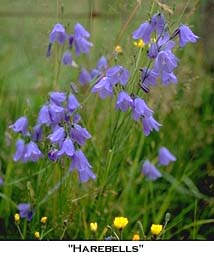
One of the few things I remember from my college physics classes was Mr. Roy G. Biv. Well, Mr. Biv wasn’t a person. Rather, he was a memory device used by college physics students to memorize the sequence of colors that comprise the visible light spectrum.
The sequence is (ROY) red, orange, yellow, (G) green, (BIV) blue, indigo, and violet. The light at the red end of the spectrum has the longest wavelengths while the blue end has the shortest wavelengths. The short wavelengths of light do not penetrate obstacles nearly as well as the longer wavelengths.
When white light from the sun encounters earth’s atmosphere, the shorter blue wavelengths tend to be filtered out of the light somewhat when they strike molecules and dust particles in the upper atmosphere. These blue wavelengths bounce around the sky a bit before finally being reflected down to earth.
That is why the sky is blue. It filters out blue light waves and then reflects blue light down to the earth below. So what does this have to do with photographing blue flowers and how can you use this knowledge to your advantage?
Let me give you an example. Suppose you were standing next to a huge maple tree early in the morning in a meadow filled with chicory, a common blue flower in the midwest. There isn’t a cloud in the sky so the sun is illuminating the tree fully on one side causing a dark shadow to be cast across the meadow on the side opposite the tree.
The shadowed area is a situation that I call open shade. It’s a shaded area that is open to the blue sky above. Even though the sun is not illuminating the shadowed area, you can still see plenty of detail in it so something must be illuminating it.
That something is light being reflected from the blue sky above it. Therefore, light in the shade is composed of a large percentage of blue light because it is being illuminated by a blue light source- the blue sky.
A lot of photographer’s are well aware of this blue light “problem” in open shade situations, like garden photography, so they resort to use warming filters to take out the blue. For many subjects, you definitely do want to take out or at least eliminate some of the excess blue light. But, you can use this natural blue light to advantage as well for certain subjects.
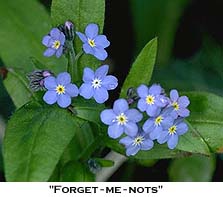
Blue flowers are often tough to record properly on film. Many blue flowers tend to record on film with a strong magenta cast. Perhaps you have noticed this before. I have photographed bright blue hepatica and violet flowers that recorded bright pink on slide film.
I have heard a lot of reasons for this problem with blue flowers and I won’t pretend to know who is right but it clearly does happen often. My solution for keeping blue flowers blue on film is to avoid photographing them in sunlight or on overcast days. I always photograph blue flowers in open shade situations such as on the shaded side of that maple.
The excess blue light in an open shade situation can be used as a natural blue filter that makes it very easy to keep blue flowers blue on film. It is also important to remember to not use diffusion cloths, warming filters like the 81 series, or gold reflectors because these devices will all tend to make your blue flowers record magenta on film.
Finally, some films tend to produce better blue wildflowers than others. The best blues I have ever seen on wildflowers were shot on Fuji Velvia. Fujichrome 100 and Kodachrome 25 also produce fairly good blues. Fujichrome 50 is slightly more yellow than Fujichrome 100 so it is not quite as good at recording blue flowers. I do not recommend Kodachrome 64 for blue flowers at all.
The natural blue light in the open shade can be used to advantage for other subjects as well. Frost, dewy spider webs, and even the water in a waterfalls all look good with a bluish cast. All of these situations can be enhanced by the blue light.
Blue is a cold color so its very appropriate for subjects that you might photograph on a cool dewy morning or a cold frosty one and it adds a lot of interest to a cold mountain waterfall.
Final Word: If you are interested in our week long nature photography workshops that we conduct in Michigan’s Upper Peninsula, it is important to enroll early. If you have friends who are interested in nature photography and would like to be on our mailing list, please have them send their complete address (including zip code) to John Gerlach/PO Box 259/CHATHAM, MI 49816. I will happily add them to our computerized mailing list so they will automatically receive our free nature photography newsletter each January.
Find more great tips on improving your flower photography
by John Gerlach

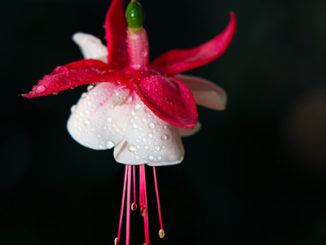
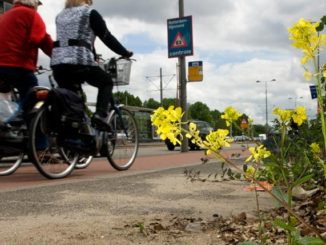
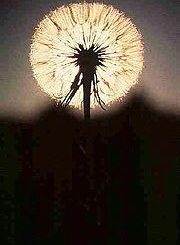
Leave a Reply